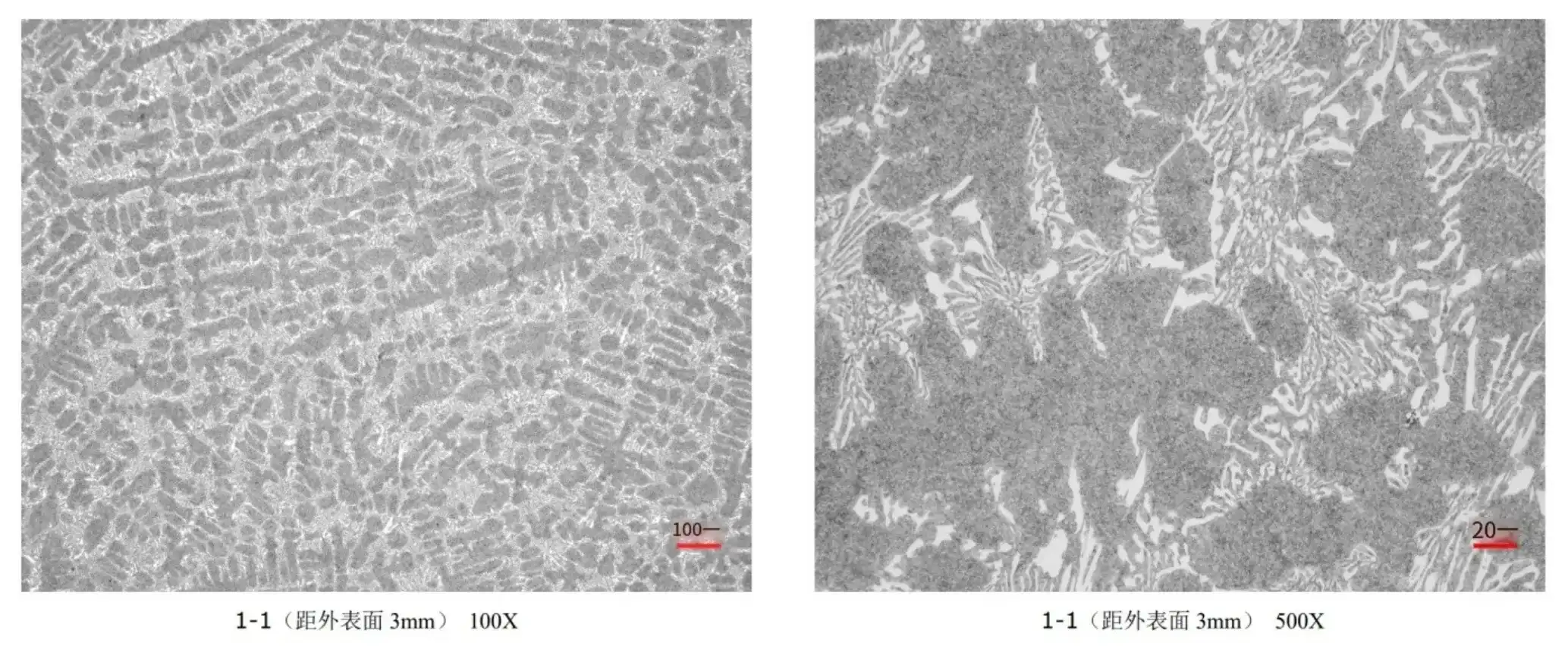In the realm of industrial grinding, cylpebs grinding media have gained significant traction due to their superior performance and wear resistance. This article delves into the factors that contribute to the wear resistance of cylpebs and the methods used to test their durability. Understanding these aspects is crucial for industries relying on efficient grinding processes, such as mining, cement production, and thermal power generation.

Why do cylpebs have higher wear resistance than balls?
The unique shape and design of cylpebs contribute significantly to their enhanced wear resistance compared to traditional grinding balls. Let's examine the key factors that give cylpebs an edge in durability:
Optimized Surface Area and Contact Points
Cylpebs grinding media are designed with a cylindrical shape, slightly tapered at the ends. This configuration provides a larger surface area relative to their volume, resulting in more contact points with the material being ground. The increased contact area distributes the grinding forces more evenly, reducing localized stress and wear on individual cylpebs.
Improved Material Flow
The cylindrical shape of cylpebs allows for better material flow within the grinding mill. This improved circulation reduces the likelihood of cylpebs becoming trapped or experiencing excessive impacts, which can lead to accelerated wear. The efficient movement of cylpebs throughout the mill ensures a more uniform distribution of grinding forces, further enhancing their wear resistance.
Reduced Impact Forces
Unlike spherical grinding balls that tend to collide with high impact forces, cylpebs experience more rolling and sliding motions during the grinding process. This reduction in direct impacts helps minimize the wear caused by repeated collisions, contributing to the overall longevity of the grinding media.
ASTM standards for testing cylpebs grinding media wear
To ensure the quality and performance of cylpebs grinding media, standardized testing methods are essential. The American Society for Testing and Materials (ASTM) has developed several standards specifically for evaluating the wear resistance of grinding media. These standards provide a consistent framework for manufacturers and end-users to assess the durability of cylpebs.
ASTM G65: Standard Test Method for Measuring Abrasion Using the Dry Sand/Rubber Wheel Apparatus
While not specifically designed for cylpebs, ASTM G65 is widely used to evaluate the abrasion resistance of materials used in grinding media. This test method involves pressing a test specimen against a rotating rubber wheel while introducing abrasive particles between the two surfaces. The resulting wear is measured and used to compare the abrasion resistance of different materials or treatments.
ASTM B926: Standard Test Method for Comparison of Wear Resistance of Cemented Carbides Using a Reciprocating Diamond-on-Flat Test
This standard is particularly relevant for assessing the wear resistance of high-chrome cylpebs and other wear-resistant materials. The test utilizes a diamond stylus that reciprocates across the surface of the test specimen under a specified load. The resulting wear scar is measured and used to compare the wear resistance of different materials or treatments.
ASTM G99: Standard Test Method for Wear Testing with a Pin-on-Disk Apparatus
While not specific to cylpebs, this test method is valuable for evaluating the wear characteristics of materials used in grinding media. The pin-on-disk test involves rotating a flat disk specimen against a stationary pin under a specified load. The resulting wear on both the pin and disk is measured and used to assess the wear resistance of the materials.
How hardness and microstructure affect cylpebs durability?
The durability of cylpebs grinding media is heavily influenced by their hardness and microstructure. These properties are determined by the material composition and manufacturing processes used to produce the cylpebs. Understanding the relationship between hardness, microstructure, and durability is crucial for optimizing the performance of cylpebs in various grinding applications.
Hardness and Its Impact on Wear Resistance
The hardness of cylpebs plays a significant role in their wear resistance. Generally, harder materials exhibit better resistance to abrasive wear. However, it's important to note that extremely high hardness can lead to brittleness, making the cylpebs more susceptible to fracture under impact loads. Manufacturers must strike a balance between hardness and toughness to achieve optimal wear resistance without compromising the structural integrity of the cylpebs.
Microstructure and Its Influence on Durability
The microstructure of cylpebs, including grain size, phase distribution, and carbide content, significantly affects their durability. A fine-grained microstructure typically results in improved wear resistance due to the increased number of grain boundaries that can impede crack propagation. Additionally, the presence and distribution of hard carbides within the microstructure can enhance the overall wear resistance of the cylpebs.
Heat Treatment and Its Effects on Cylpebs Performance
Heat treatment processes, such as quenching and tempering, play a crucial role in developing the desired hardness and microstructure of cylpebs. These processes can be optimized to achieve a balance between hardness and toughness, resulting in cylpebs with superior wear resistance and durability. The specific heat treatment parameters must be carefully controlled to ensure consistent quality and performance across batches of cylpebs.
Conclusion
In conclusion, the wear resistance of cylpebs grinding media is a result of their unique design, material properties, and manufacturing processes. By understanding the factors that contribute to their durability and utilizing standardized testing methods, industries can select the most appropriate cylpebs for their specific grinding applications, ultimately improving efficiency and reducing operational costs.
For more information about our high-quality cylpebs grinding media and how they can benefit your grinding operations, please don't hesitate to contact us at sales@da-yang.com or sunny@da-yang.com. Our team of experts is ready to assist you in finding the perfect grinding solution for your needs.
References
1. Smith, J.A. (2021). "Advanced Wear-Resistant Materials for Grinding Media: A Comprehensive Review." Journal of Materials Engineering and Performance, 30(8), 5612-5628.
2. Johnson, R.B., & Thompson, K.L. (2020). "Comparative Analysis of Cylpebs and Spherical Grinding Media in Cement Production." Cement and Concrete Research, 138, 106228.
3. Lee, S.H., Park, C.G., & Kim, Y.J. (2019). "Effect of Microstructure on the Wear Resistance of High-Chromium Cylpebs for Mining Applications." Wear, 426-427, 244-253.
4. ASTM International. (2018). "ASTM G65-16e1: Standard Test Method for Measuring Abrasion Using the Dry Sand/Rubber Wheel Apparatus." West Conshohocken, PA: ASTM International.
5. Wang, L., & Zhang, X. (2022). "Optimization of Heat Treatment Processes for Enhancing the Durability of Grinding Media Cylpebs." Materials Science and Engineering: A, 832, 142394.
6. Garcia-Hernandez, C., Fernandez-Abia, A.I., & Gonzalez-Marcos, J.A. (2020). "Influence of Grinding Media Shape on Mill Performance: A Comparative Study of Cylpebs and Balls." Powder Technology, 372, 204-213.








